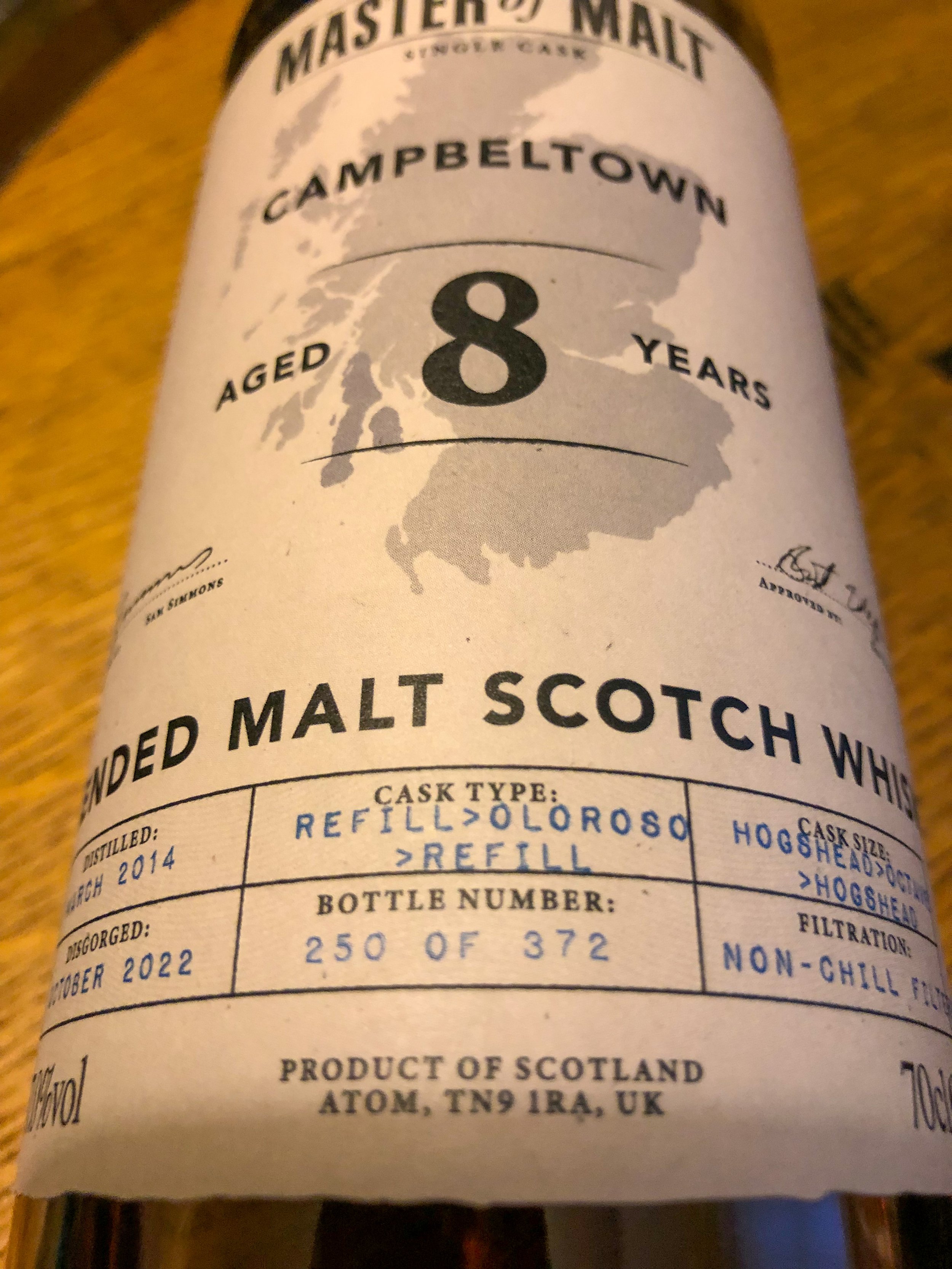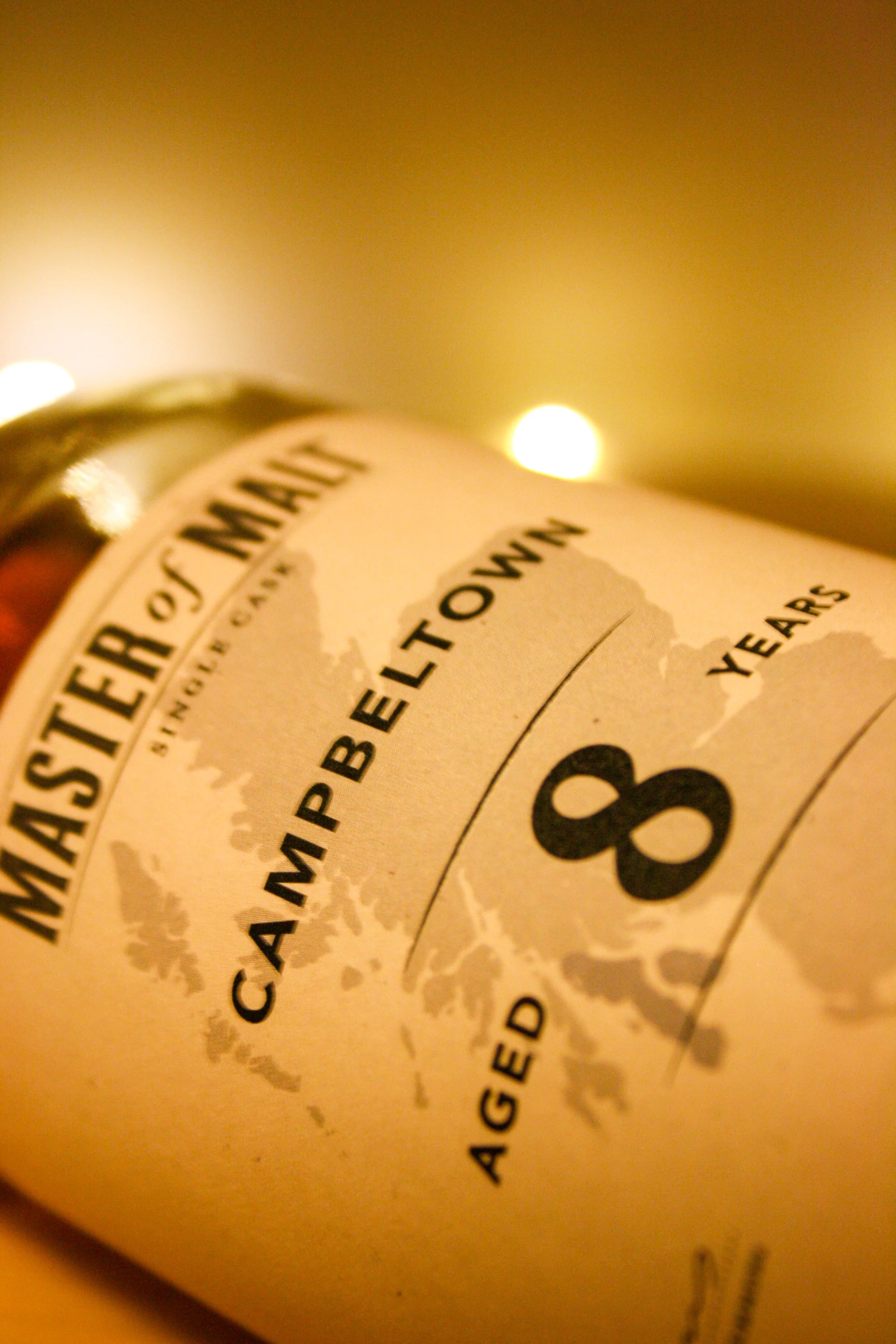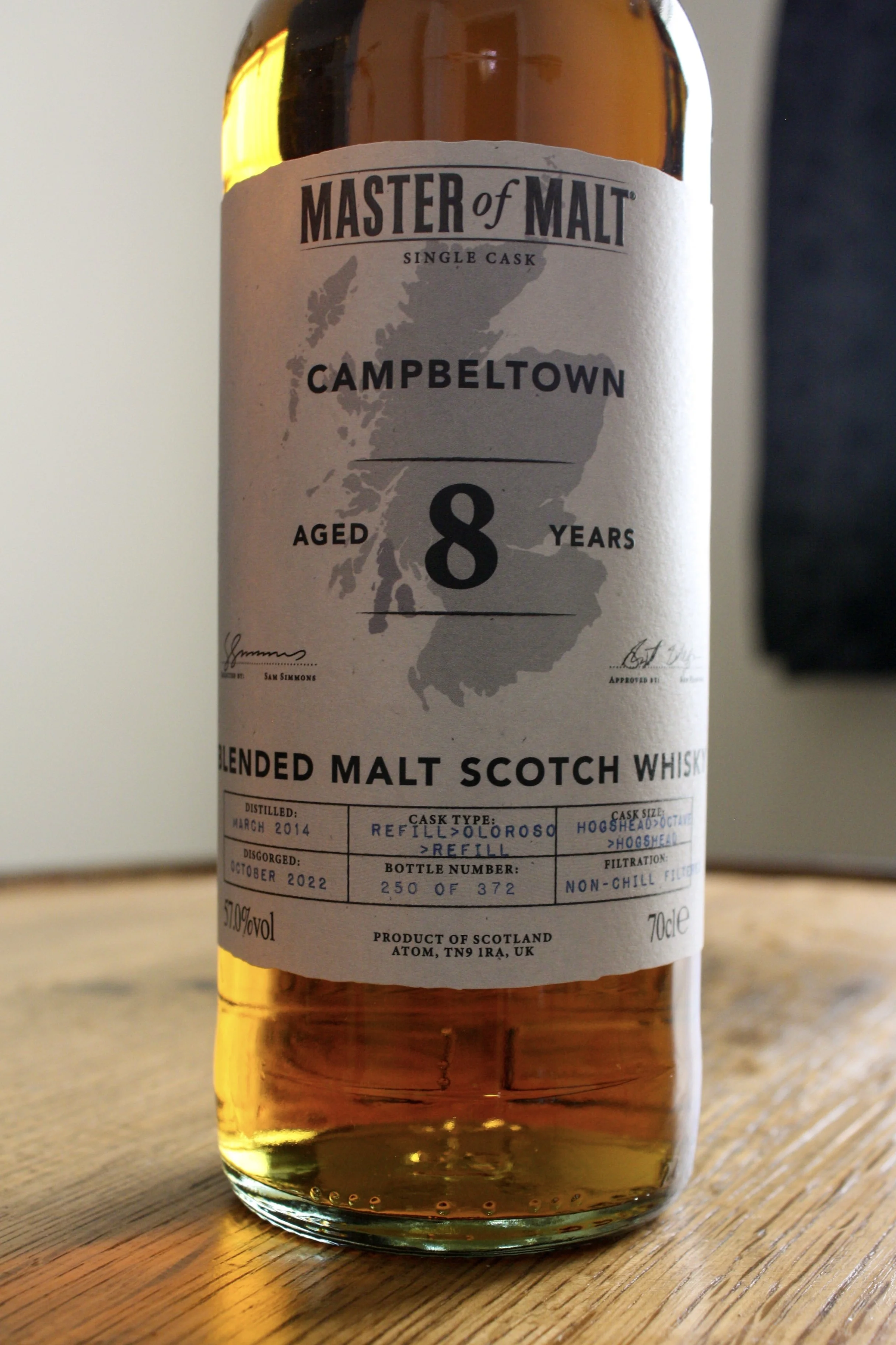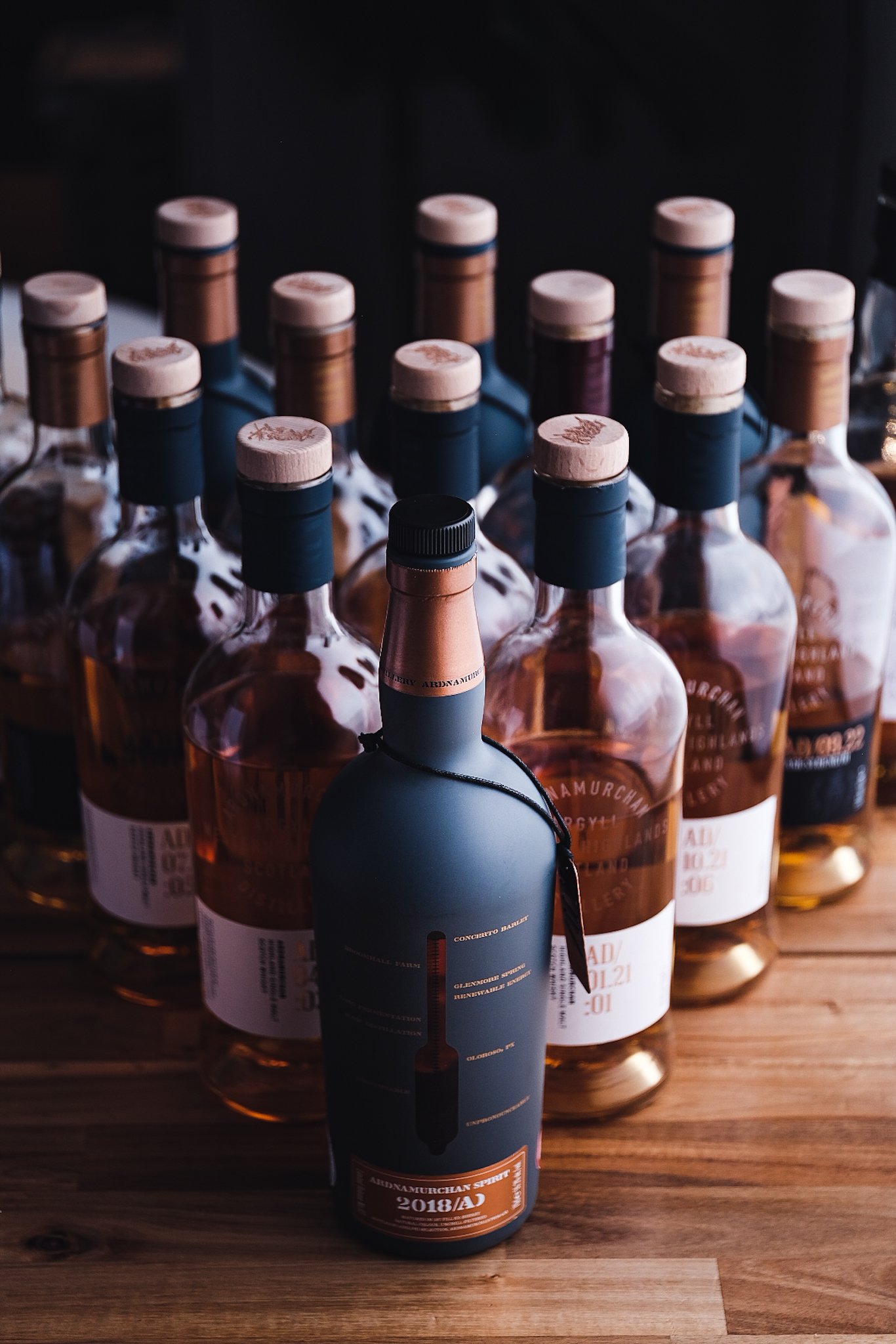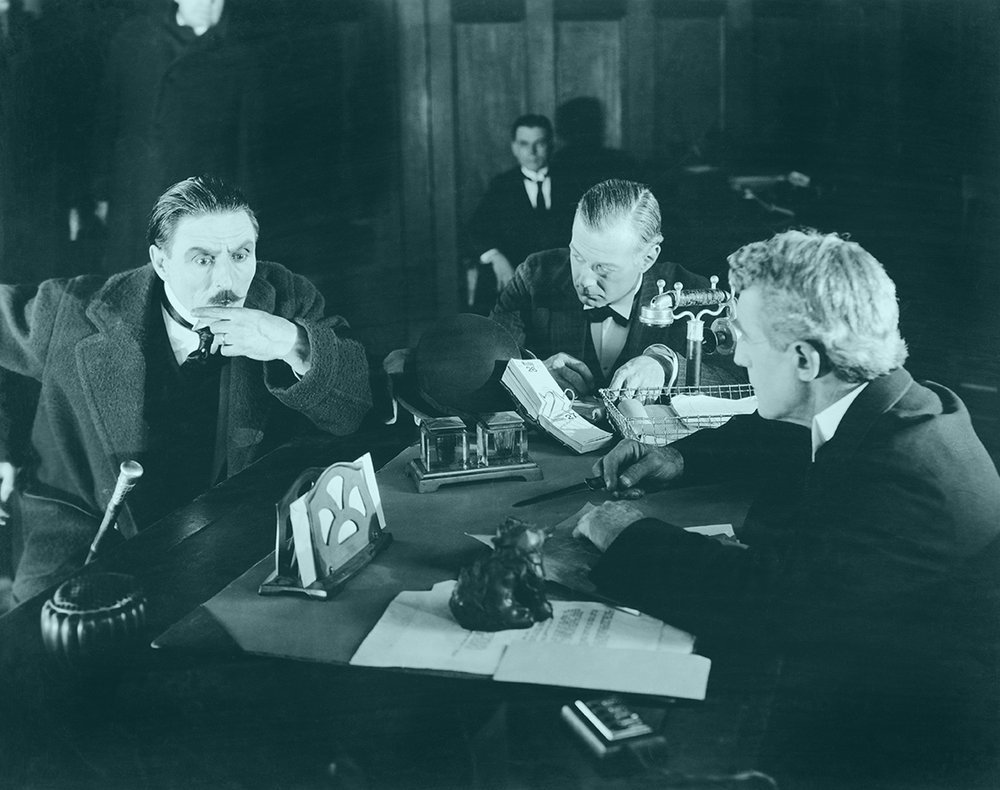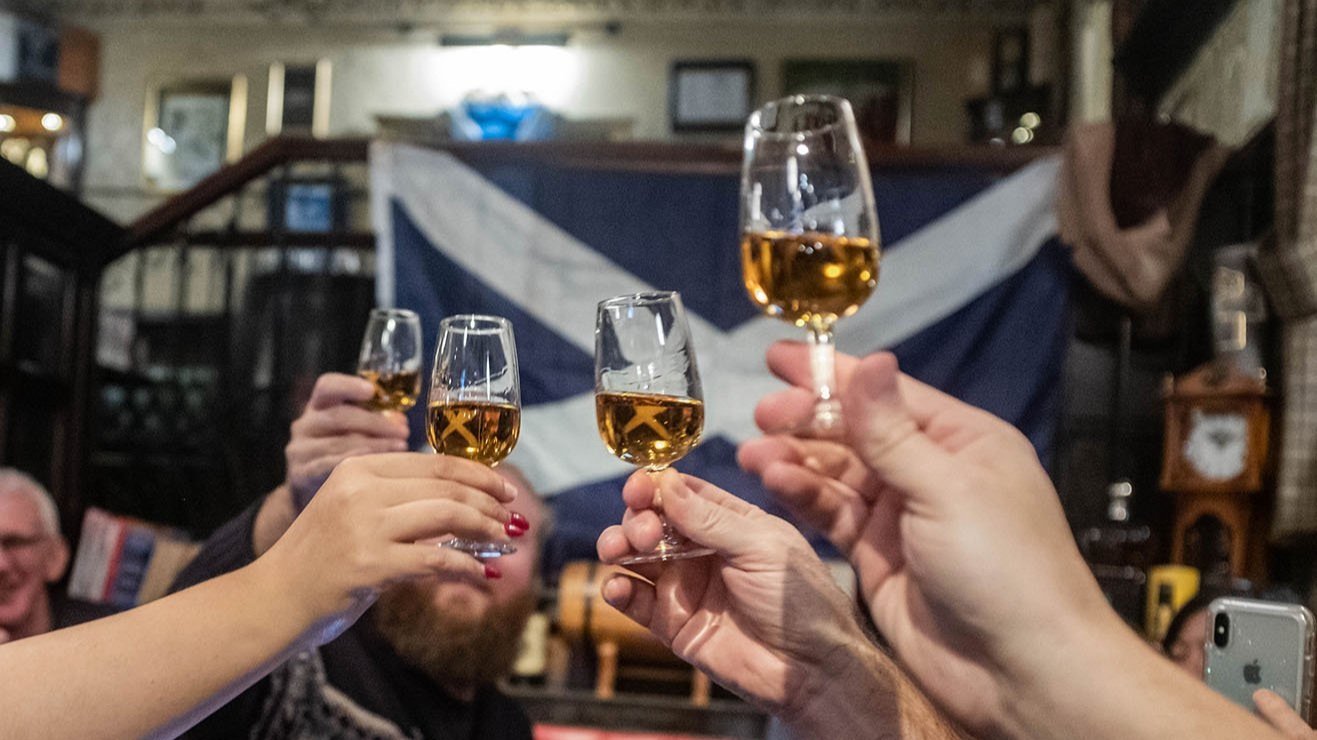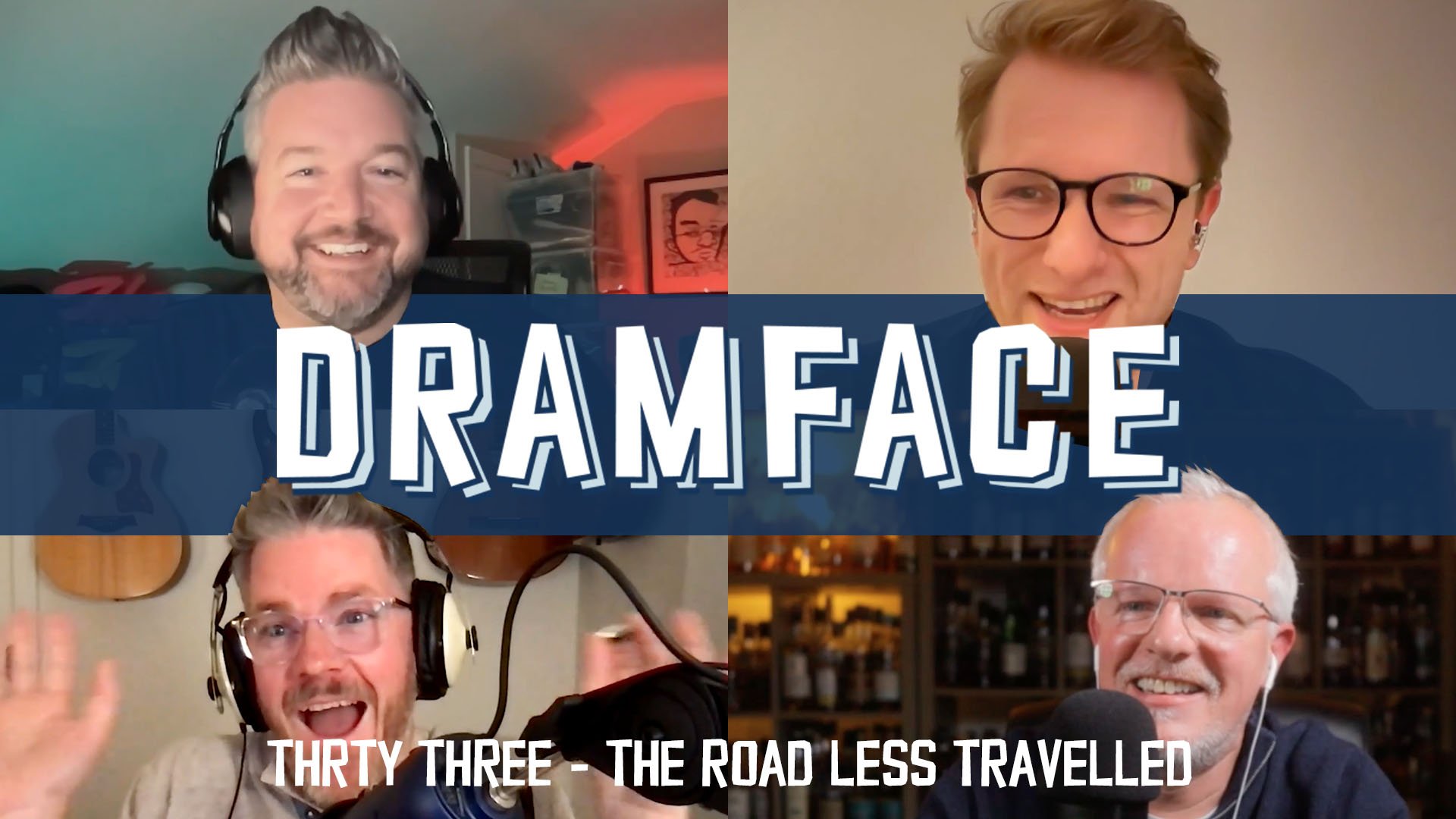Master of Malt Campbeltown 8yo
Blended Malt | 57% ABV
Score: 6/10
Good stuff.
TL;DR
A well-priced ‘teaspooned’ malt
Why the secrecy?
The more I’ve delved into my passion for whisky, the more I realise we are regularly being kept in the dark by the industry - either deliberately through a laziness to be open and transparent, or a lack of connection to the customer.
To be fair, the government needs to take a lot of the blame too and alcohol labelling laws in general leave a lot to be desired. Nearly all items of food or non-alcoholic beverage you find in the supermarket are required to list all their contents on the label, but with alcohol it’s bizarrely not the case.
In the UK at least, the law does not currently require an ingredients list or nutritional information for any alcoholic beverage over 1.2% ABV. We’re told malt whisky is made from just three ingredients, barley, yeast and water (although you probably won’t see them on the label). The only other ingredient allowed to be added is E150a caramel colourant. If it’s being added and we are putting it into our bodies, why should we not be told about it on the label? The Germans are ahead of the game here and do require bottles to have ‘Mit Farbstoff’ on the label, which translates to ‘with colourant’.
Caramel is the most obvious additive which isn’t required to be labelled, but how about the contents of the previous cask or casks? Why should that not be required to be listed on the label? In certain religions and also for people who choose not to eat products which are animal derived, they might want to know that there’s going to be some sherry or other wine in the bottle which may have used animal products in the process of making it. Isinglass, which is a gelatinous substance found in the bladders of fish, is often used for filtration of wines and beers, as is egg white. The Scotch Whisky Association declare Scotch to be vegan in their FAQ’s, and that is certainly true in the case of the new-make spirit. But what happens to it beyond that when it’s put into a cask blurs the lines. It may only be minimal amounts, but I think any person who doesn’t wish to consume animal products might want to be informed.
People of the Jewish faith who follow kosher laws will know this all too well. It’s very important for them to know whether the cask the whisky was matured in contained any meat and/or dairy products. There is a list of which whiskies follow kosher rules, and some display their kosher certification on their packaging. If in doubt, stick to an ex-bourbon cask.
kosher certification symbol on Bladnoch 10 label
Another little random but relevant snippet of information: Did you know the adhesive used to apply labels to bottles often uses something called Casein, which is derived from cows milk?
The inclusion of ingredients and nutritional information on alcohol has been debated on a number of occasions in the UK parliament, but change doesn’t appear to be forthcoming. I’m all for choice and I think if such information can be there to make the customer more informed, then it should be. In the US they appear to be a bit further down the road with this than we are, with proposals for mandatory nutrient, allergen, calorie and ABV labelling, as well as starting the process of regulation for ingredient labelling.
It must be noted that some distillers and bottlers do choose to put nutritional information on their labels voluntarily, which is something I notice anCnoc are doing on both the external packaging and the bottle label. Nearly all of the bottles on my shelf don’t have this information on the label, in fact, I couldn’t find another. They even have mit farbstoff on the back label of their 12 year old in the UK, but we need it in English too please and that’s where the government would need to step in and make it a requirement.
anCnoc 12yo back label
Then there are other rules around labelling that the SWA does not allow. Have a single malt and want to say where it was distilled and for how long? Yes, that’s fine. Have a blend or blended malt and want to list the various distilleries and the ages of the components on your label? No way. Compass Box and others have famously got around this by listing them on their website, but why can‘t we have that on the back of the label? Maybe they fear somebody would put ‘aged up to 25 years’ on the label, with the “25” in extra large font, when in fact there is only a very small percentage of 25 year old in the blend in an attempt to deceive the less vigilant consumer. However, as long as there are clear guidelines to prevent such things, I don’t see an issue.
This takes me onto the next bugbear of mine – cask finishes. I’ve nothing against finishes as such, and have enjoyed a number of whiskies which have been finished for several months in another cask. However, I’m constantly frustrated when we only get told about the finish, which seems to be what happens in most cases. For example, if I see a 12 year old whisky that’s been described as being finished for six months in an oloroso sherry cask, I want to know what it was matured in for the other eleven and a half months or so. I always assume a tired refill cask that probably needs more time for the whisky to mature, otherwise why would there be a need for the secrecy? Finished whiskies make me a little nervous. Is the producer enhancing an already decent whisky, or trying to cover up issues? I guess that’s what we try and find out when we pour a glass.
Then we come on to chill filtration. In one way we enjoy a lack of transparency here, but only in the glass when we add a drop of water and the lovely Scotch mist appears. In terms of chill filtration when it comes to bottling, it’s an aspect which isn’t as black and white as I first thought. This was highlighted recently on Dramface when we found out Glendronach had removed ‘non-chill filtered’ from their labelling, but actually, nothing had changed in their filtration methods. They took their sweet time to let us know this, but thankfully we were given a little bit more insight. You can read that excellent piece by Hamish rather than me regurgitating information, but my biggest takeaway was that it seems some whisky which is labelled as non-chill filtered, could in fact be subject to some sort of chill filtration. The definition in the technical file for Scotch whisky isn’t completely clear, but I have included it verbatim below;
All Scotch Whisky is filtered prior to bottling to remove any particles of wood which have accumulated in the spirit during the maturation process. It is also common, but not always the case, that Scotch Whisky will be chilled filtered prior to bottling. The purpose of chill filtration is to remove what is referred to as ‘haze floc’. When subjected to low temperatures, certain of the long chain esters in Scotch Whisky may come out of solution and form a haze or sediment in the bottle. Because most consumers expect Scotch whisky to be clear and ‘bright’, many Scotch whiskies are filtered at a particular temperature to remove haze floc, and to ensure that the final product remains clear even when subjected to changes of temperature. The filtration used must be only for the purpose of, and go no further than, preventing haze floc. It must not be used in order to remove colour, flavour or aroma, which is prohibited by the definition of Scotch whisky.
Source: SWA Technical File
Those of us who have experienced enough non-chill filtered and chill filtered whiskies are pretty certain flavour and aroma is removed, and probably colour too, but perhaps reading that definition that only matters if it’s specifically used for that purpose and not an unavoidable occurrence when chill filtering the whisky to prevent haze floc.
I feel chill filtration is an area where we need some more concise regulation as to what constitutes chill filtration and what doesn’t. There doesn’t appear to be anything in the 124-page technical file to define it. Glendronach obviously feel they are chill filtering to some extent and needed to remove it in order to comply with those fairly ambiguous rules. Are we to assume any filtration which involves dropping the temperature by even a fraction is chill filtration, or should there be a set temperature at which producers can’t go below if they want to put non-chill filtered on the label? I’d argue for the former.
As whisky prices have started to rise, I’ve noticed a change from some bottlers who previously released single cask whiskies at cask strength. They’re removing the cask strength statement but still bottling at strengths above 50%, which may lead the buyer to believe it’s cask strength. I know this because I’ve been caught out by it. They’re doing nothing wrong, and of course it enables them to stretch out a few more bottles and not hike the price up so it’s not all bad, but it’s definitely something to look out for when you are debating a purchase.
There are plenty of open secrets in whisky such as anything labelled as from ‘An Orkney’ or ‘Unnamed Orkney’ or ‘Secret Orkney’ is going to be Highland Park. If you see a whisky labelled as Williamson, it’ll be Laphroaig, while a Westport will be a tea-spooned Glenmorangie. In some cases with secret whiskies, even the bottler doesn’t know what it is. The cask may well have been sold with the secrecy already in place. We’re generally fine with this kind of practice and can often get the product cheaper than if it was sold with the distillery name on the label. The same can be said too of blended malts, which takes me onto the bottle in today’s review.
Review
Master of Malt Campbeltown 8yo, ‘Single Cask’ Blended Malt, 57% ABV
£39.95 paid
This is a single cask simply named as a Campbeltown blended malt. That narrows things down quite a lot when we are dealing with only Springbank, Glengyle and Glen Scotia distilleries in that region. It’s also likely to be the latter named distillery where the majority of this blended malt hails from, but I don’t know that with any certainty. It’s bottled at 57% ABV, non-chill filtered and I would hope natural colour, although it isn’t stated on either the bottle or website. A total of 372 bottles were released at what appears on paper a very well-priced £39.95. That number of bottles suggests the whisky has been reduced in order to get that many from a single hogshead. It was distilled in March 2014 and is described on the website as a teaspooned malt, which has been ‘subjected to a little cask jiggery pokery over a period of three years before bottling in 2022’. The label says the cask types were Refill > Oloroso > Refill and the cask sizes were Hogshead > Octave > Hogshead.
The man whose name is on the label for selecting the whisky, Sam Simmons, cleared this up further on Twitter by saying they purchased a single hogshead of Campbeltown whisky, split it across four sherry octaves for 18+ months, and put it all back into the hogshead for another year before bottling. This then spawned more debate around what is a single cask. Are you still a single cask if the contents are moved into another cask or casks? The regulations don’t define what constitutes a single cask, but many would argue it shouldn’t be called a single cask. I can definitely understand that viewpoint too.
In the case of a blended malt, the term single cask seems even more loose. The chances of it being filled from two different sources as new-make is nil, and if a teaspoon of another Campbeltown malt has been added, it’ll clearly be from a different cask. Some may argue that’s a little pedantic, but if you can no longer call it single malt when a malt from another distillery is added, then I'd say neither should you be able to call it single cask. Then again, has a teaspoon really be anywhere this or any of the other “teaspooned” malt blends which come on the market?
Nose
Fruity red jammy notes, salted toffee apple and vanilla, with both polished dark wood and polished leather shoes. I’m also getting espresso coffee, a musty, damp earthiness and farmyard aromas.
Palate
More of those sweet jammy red fruits we found on the nose, with brown leaf litter and bonfire smoke, followed closely by rich, bitter espresso and dark chocolate. Then comes warming ginger, which continues for some time. I get a charred smokiness, which is initially light, but builds on the palate, along with vanilla cream and brown sugar. The leafiness and slightly bitter charred wood lingers into the finish, along with salt and dry pebbles.
The Dregs
There’s nothing to complain about here. This is good whisky at a very reasonable price. It’s pleasantly sweet at first, before the bitter and smoky notes come in and give it a nice balance. Master Of Malt have had their own single cask bottlings for many years, but it’s only in the last several months they’ve come on to a lot of people’s radars with their newly released range. There’s a vast amount of choice on offer at prices below what you’d usually expect to see from other bottlers. Last year I picked up a 56.1% ABV Glen Elgin 16 for £50, and it was well worth it.
This is now sold out, but keep an eye out, as some bottlings have gone and then another almost identical release has returned to replace them. We may see another Campbeltown from them in the future, and for this price I'd wholeheartedly recommend it.
As for alcohol labelling, I think it’s only a matter of time before change happens. Knowing the ingredients and any potential contamination in a product should be a given in my opinion along with nutritional information, which is even more prevalent in other alcoholic drinks which can be loaded with sugars.
Regarding the other issues I highlighted which are the responsibility of the SWA and the producers/bottlers themselves, I’m not sure we’ll ever see much change there, but I think we should continue to challenge certain aspects. Many producers, particularly the newer distilleries, tend to be much more open about their processes than ones which are owned by big corporations or have been stuck in their ways for years. Unfortunately, I think the big businesses hold more sway when it comes to some of these decisions. It’s simply the way of the world.
Score: 6/10
Tried this? Share your thoughts in the comments below. RT
-
Dramface is free.
Its fierce independence and community-focused content is funded by that same community. We don’t do ads, sponsorships or paid-for content. If you like what we do you can support us by becoming a Dramface member for the price of a magazine.
However, if you’ve found a particular article valuable, you also have the option to make a direct donation to the writer, here: buy me a dram - you’d make their day. Thank you.
For more on Dramface and our funding read our about page here.




